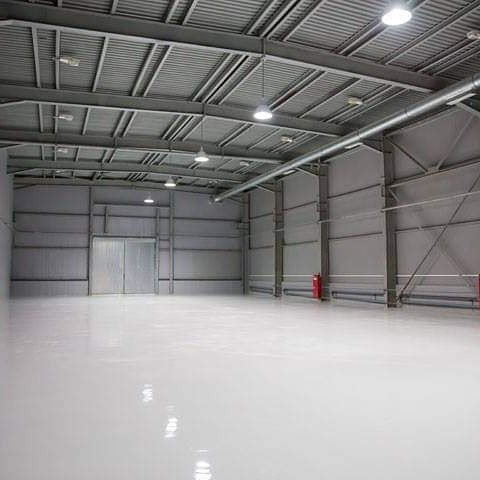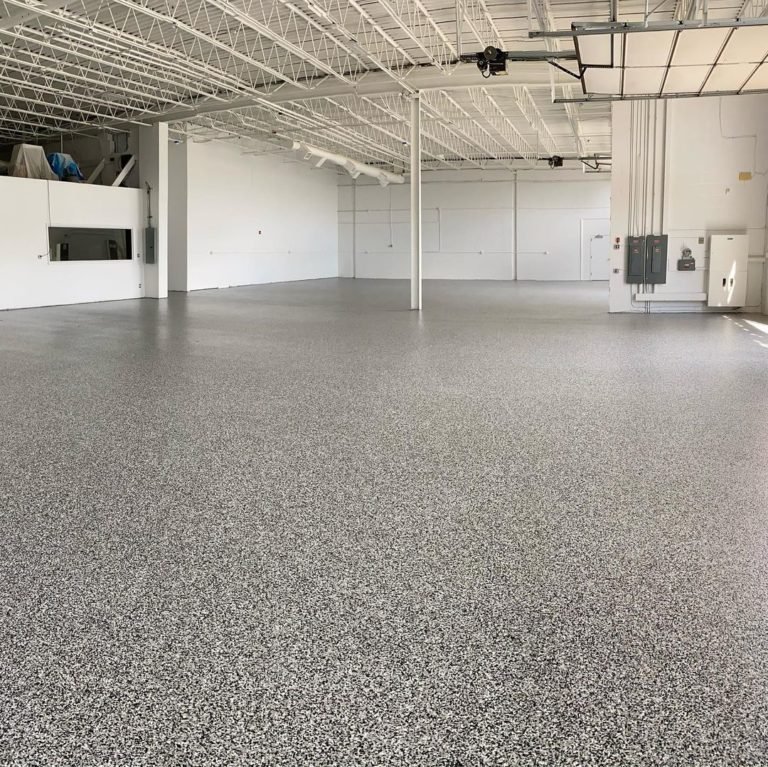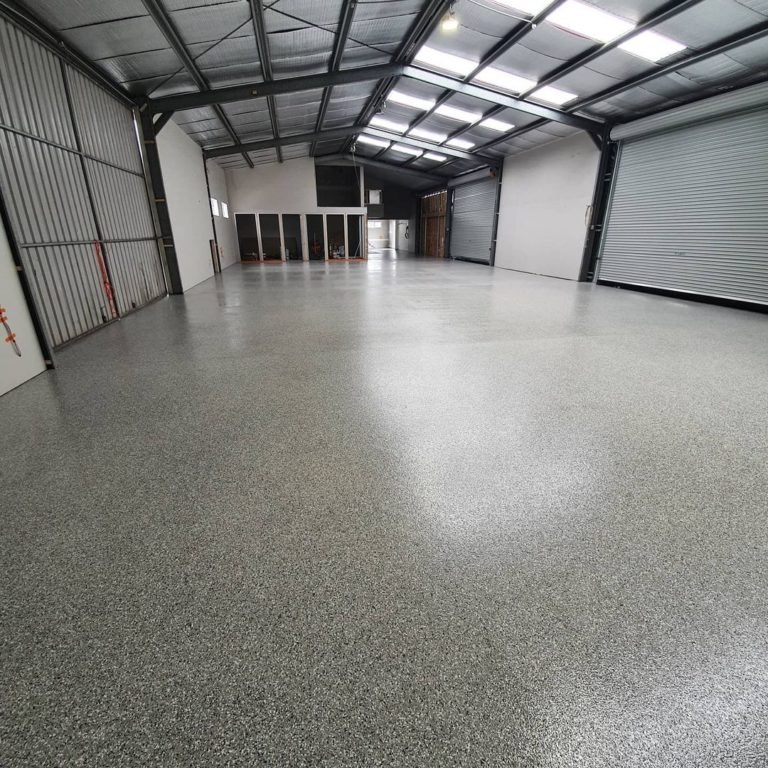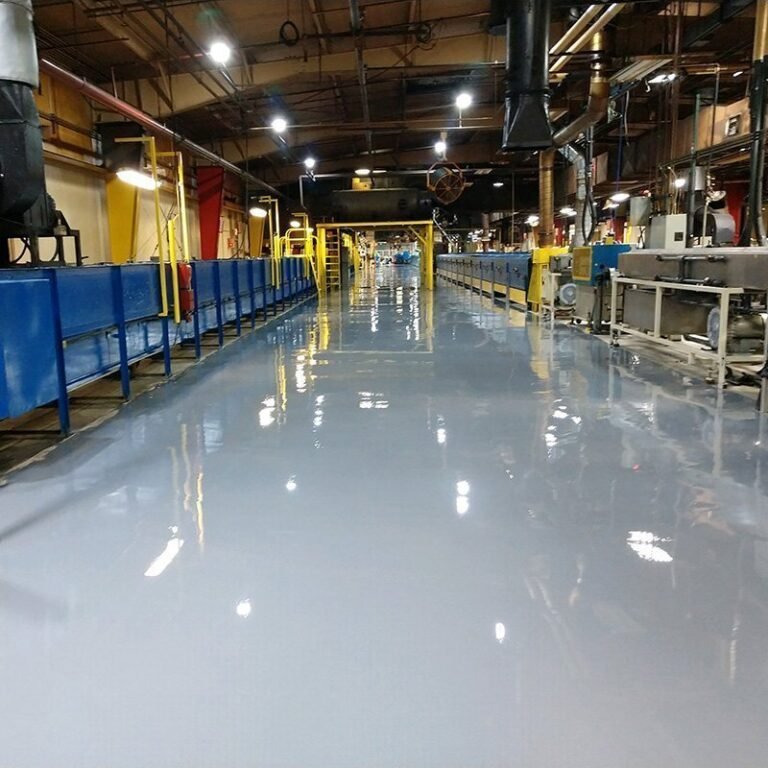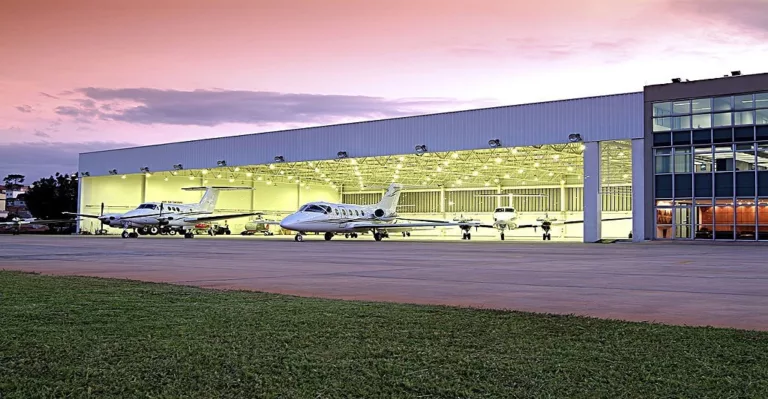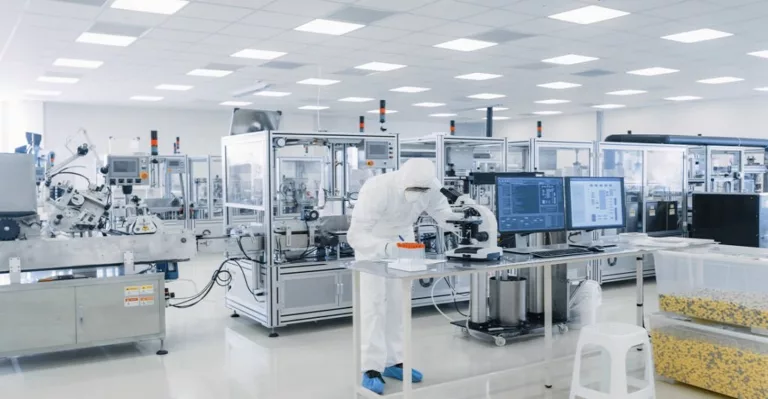Aircraft Hangar Epoxy Flooring — Heavy-Duty Resin Floors for Vancouver & British Columbia
How aviation-ready epoxy systems handle aircraft loads, fuel and chemical exposure, and safety requirements in commercial, private and military hangars across Vancouver and BC.
Aircraft hangars are some of the toughest environments a concrete floor will ever see. From the weight of jets, helicopters and tugs to fuel spills, hydraulic leaks and constant traffic, your slab needs more than basic paint or sealer. It needs a system engineered for aviation.
Priority One Epoxy Flooring designs and installs aircraft hangar epoxy flooring systems that combine high load capacity, chemical resistance, slip-tuned safety and low maintenance. We work with operators across Vancouver and British Columbia to protect assets, support safe operations and keep facilities looking professional.
Why aircraft hangar floors need specialized epoxy systems
Generic commercial coatings rarely hold up in aviation settings. Hangar floors must handle heavy point loads from landing gear, constant rolling loads from tugs and service vehicles, and repeated exposure to aviation fuels, hydraulic fluids and de-icing chemicals.
Purpose-built aircraft hangar epoxy flooring solves these challenges with systems that are thicker, more chemically resistant and better detailed at joints and transitions than typical commercial floors.
- Support for high wheel loads and heavy maintenance equipment.
- Resistance to jet fuel, hydraulic oil, lubricants and de-icing agents.
- Slip resistance in wet, contaminated or cold conditions.
- Light reflectivity to improve visibility and reduce shadows.
- High-build and mortar builds distribute load and protect the slab.
- Chemical-resistant resins and topcoats limit staining and softening.
- Textured quartz or aggregate blends increase traction where needed.
- Bright, seamless finishes support inspections and FOD control.
Typical aircraft hangar epoxy flooring systems
Every hangar is different. We design the system based on aircraft type, maintenance activity, spill risk and cleaning methods.
- Multiple coats or mortar builds for maximum thickness and impact resistance.
- Ideal for tug lanes, maintenance zones and high-load areas.
- Can repair and rebuild pitted or damaged concrete slabs.
- Often finished with a chemical-resistant topcoat for easier cleaning.
- Coloured quartz broadcast into epoxy for traction and visual definition.
- Used at entries, wash bays and areas with frequent fluid exposure.
- Texture level tuned for balance between safety and cleanability.
- Supports colour zoning for taxi paths, equipment areas and walkways.
- Fast-cure, UV-stable and highly abrasion-resistant finishing layers.
- Reduce downtime by allowing quicker return to service after installation.
- Protect underlying epoxy from wear, chemicals and tyre marking.
- Available in gloss levels and textures appropriate for hangar use.
Serving aircraft hangars across Vancouver & British Columbia
Priority One Epoxy Flooring provides aviation-ready flooring solutions for hangars and support buildings across BC, including:
- Vancouver International, Boundary Bay and regional airports.
- Private and corporate hangars in Vancouver, Richmond and Delta.
- General aviation and MRO facilities in Abbotsford and Chilliwack.
- Hangars in Victoria, Nanaimo and Comox regions.
- Coastal airstrips exposed to salt air and moisture.
- Seaplane support buildings and maintenance shops.
- Regional airports in Kelowna, Kamloops and the Okanagan.
- Facilities in Prince George and Northern BC communities.
- Industrial and resource-related aviation operations.
- Owner-operated private hangars and flying clubs.
- Charter, cargo and training operators.
- Government and defence-related aviation infrastructure.
Our aircraft hangar epoxy flooring installation process
Long-term performance starts with careful planning and prep. A typical aircraft hangar project includes:
- Site assessment & specification: review slab condition, joint layout, existing coatings, moisture and operational needs.
- Mechanical surface preparation: diamond grinding or shot-blasting to create a clean, profiled surface suitable for heavy-duty epoxy systems.
- Crack, joint & defect repair: treat cracks, rebuild spalls and address joints to help control movement and protect the system.
- Moisture-tolerant primer: apply primers engineered to manage vapour drive, especially in coastal or damp locations.
- Epoxy body coats: install high-build or mortar epoxy layers to achieve the required thickness and performance.
- Broadcast & markings (as needed): add quartz, texture and safety or traffic markings appropriate for your layout.
- Topcoat & detailing: finish with chemical-resistant, UV-stable topcoats and final detailing at drains, thresholds and door interfaces.
- Cure schedule & handover: provide clear guidance on cure times, access sequencing and cleaning protocols.
Aircraft hangar epoxy flooring costs & planning
Because hangars vary widely in size and use, costs are quoted on a project-by-project basis. Key pricing drivers include:
- Square footage and layout (clear spans vs. complex, cut-up areas).
- Extent of surface prep, repairs and joint treatment required.
- Chosen system build (standard high-build epoxy vs. mortar or quartz broadcast with specialty topcoats).
- Schedule requirements, night or weekend work, and phasing around aircraft movements.
- Additional features such as safety striping, stencilled markings and logo inlays.
After an on-site assessment, we provide a detailed written quote outlining system design, prep steps, coatings, cure schedule and maintenance recommendations so you can plan with confidence.
Can epoxy floors handle the weight of aircraft and tugs?
Yes. Properly specified high-build and mortar epoxy systems distribute loads and are designed for the high point loads and rolling loads common in hangars, assuming the underlying concrete is structurally sound.
How do epoxy floors perform with fuel and hydraulic fluid spills?
Aviation-grade epoxy and topcoat systems are chosen for chemical resistance to fuels, hydraulic fluids and lubricants. Spills should still be cleaned promptly, but the coating is designed to limit absorption, staining and surface breakdown.
Can we keep part of the hangar operational during installation?
In many cases, yes. Work can be phased in sections to maintain critical access. We coordinate with your operations team to align flooring phases with aircraft schedules, maintenance windows and security requirements.
How long before aircraft can return to the hangar?
Cure times depend on the system and temperature, but many hangar projects allow light foot traffic within 24–48 hours and heavier loads after several days. Fast-cure and polyaspartic topcoats can shorten these windows where necessary. Your quote will include a project-specific cure schedule.
Do you provide warranties for aircraft hangar projects?
Yes. Projects include workmanship terms and manufacturer-backed product warranties appropriate to the specified system and use. These details are outlined in your written proposal.
Priority One Epoxy Flooring designs and installs heavy-duty epoxy systems for aircraft hangars across Vancouver and British Columbia — from private hangars and FBOs to commercial and government facilities.


